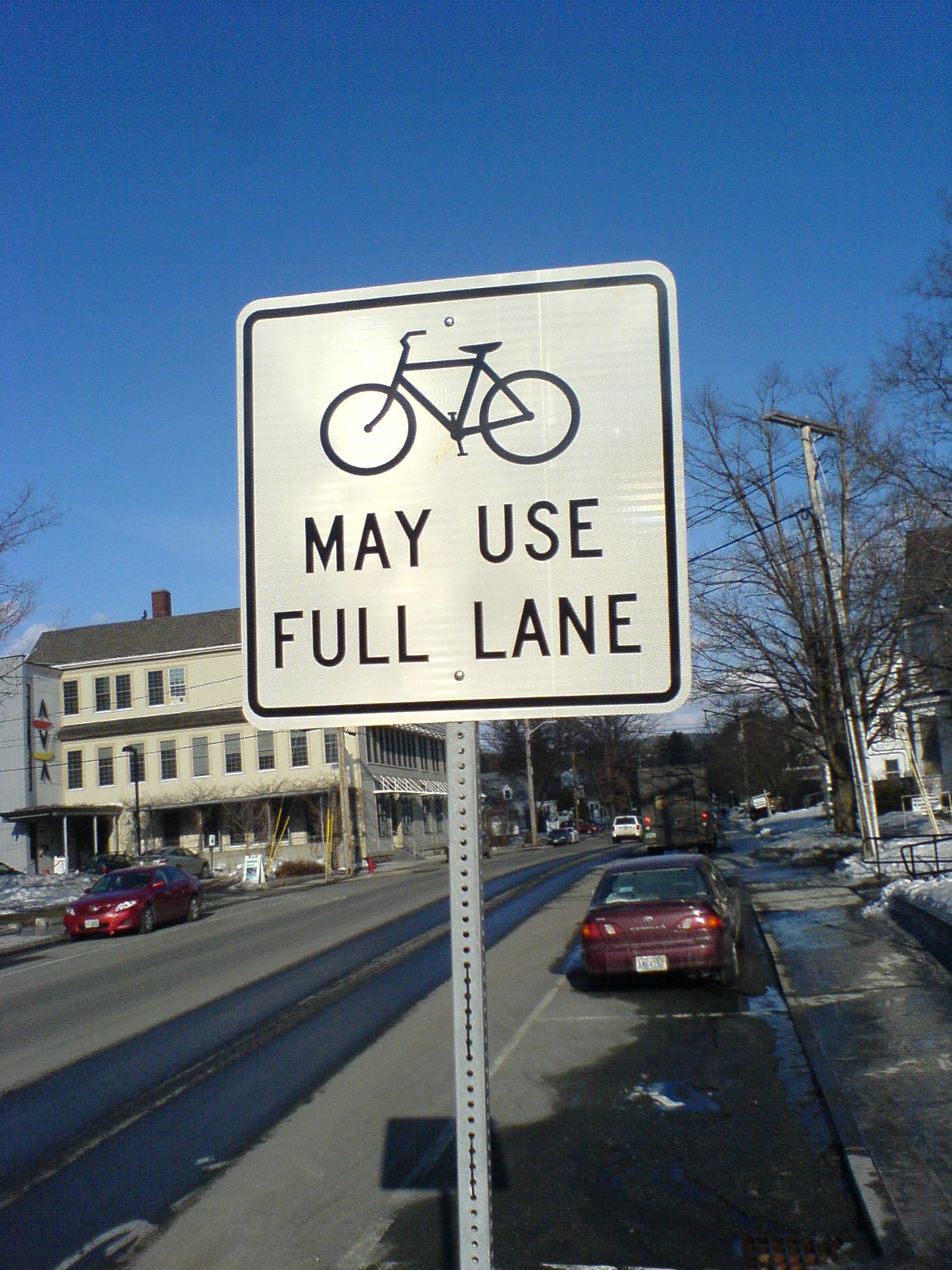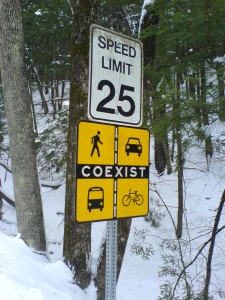

There is no principled reason why road use should be hierarchised: the big and the fast on top, with a number of implicit and explicit entitlements, the weak and slow at the bottom, bowing to the winners. The reasons, of course, are historical, the history being that of a power struggle. Modern roads have been designed for cars and trucks. Pedestrians would have a simple competitive advantage if all roads were unpaved and trail-like. But the very features that allow cars and trucks to ride create an opportunity for them to ride ever faster, at speeds that are incompatible with pedestrian and cyclist safety. (Bikers are in a limbo: they can at least use speed to protect themselves.) On modern road, the weak and the slow are protected by regulations and goodwill.
Are they enough? Hardly. Campaigns for road safety appear to be ineffective if they are not backed by measures. Girasek 2011 Designers should raise their voice here. What are the roads of the future? Segregation is the easy answer, but is coexistence possible? What is the correct structure of incentives to give an advantage to the weak?